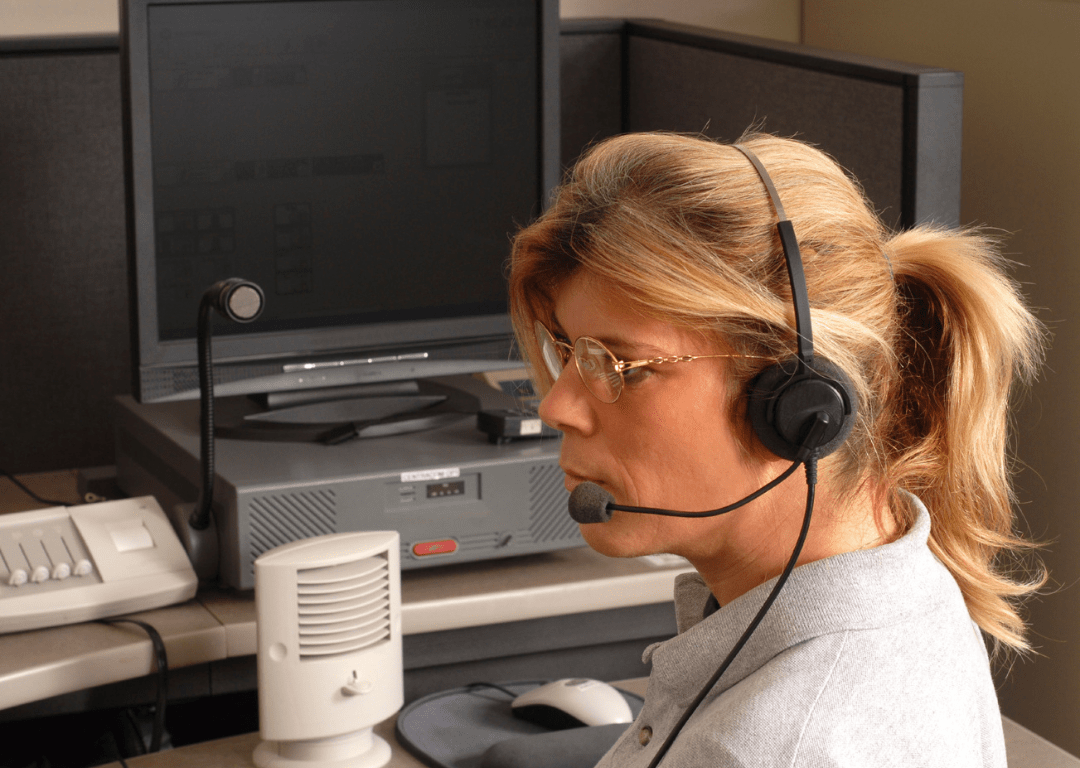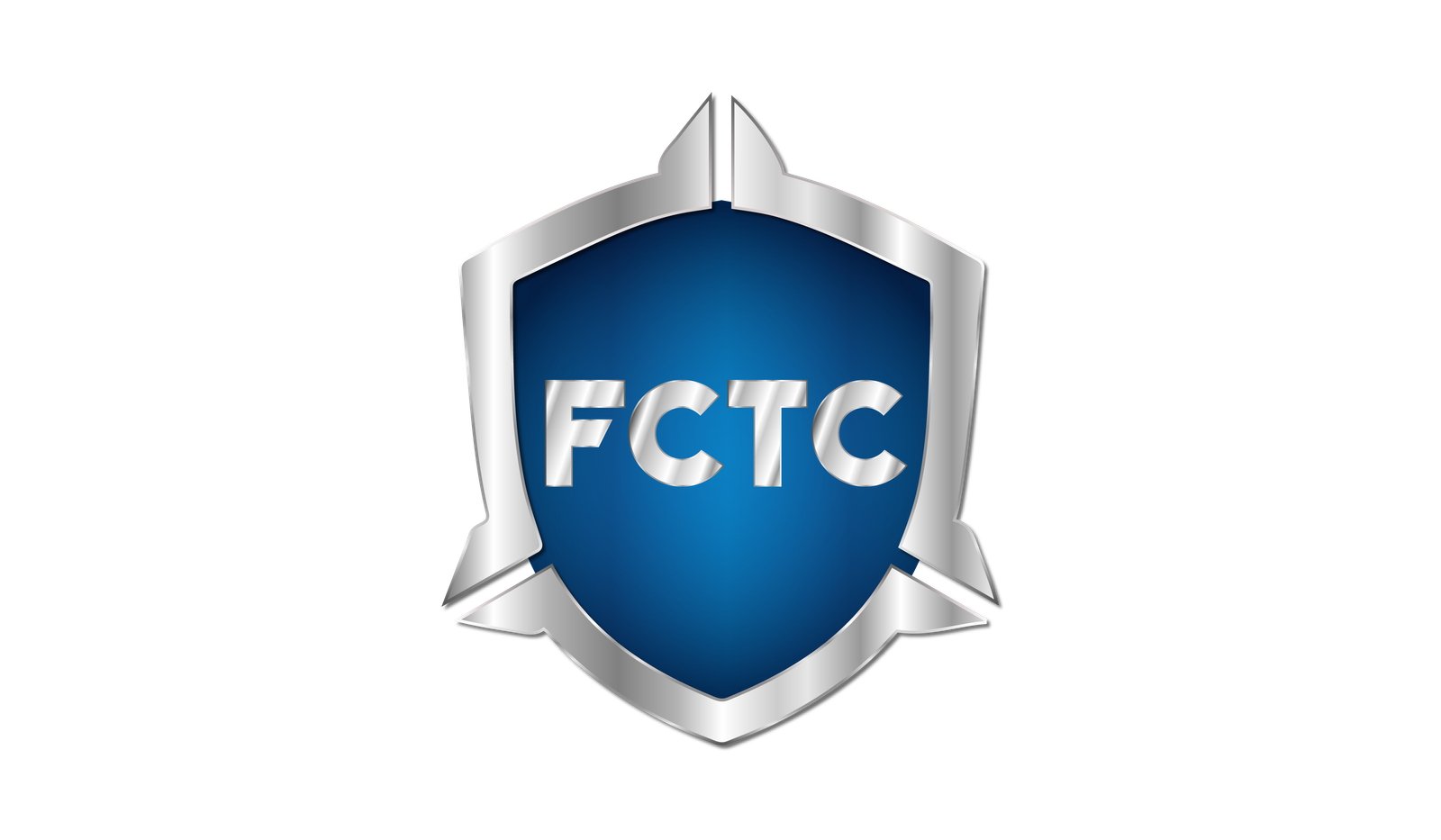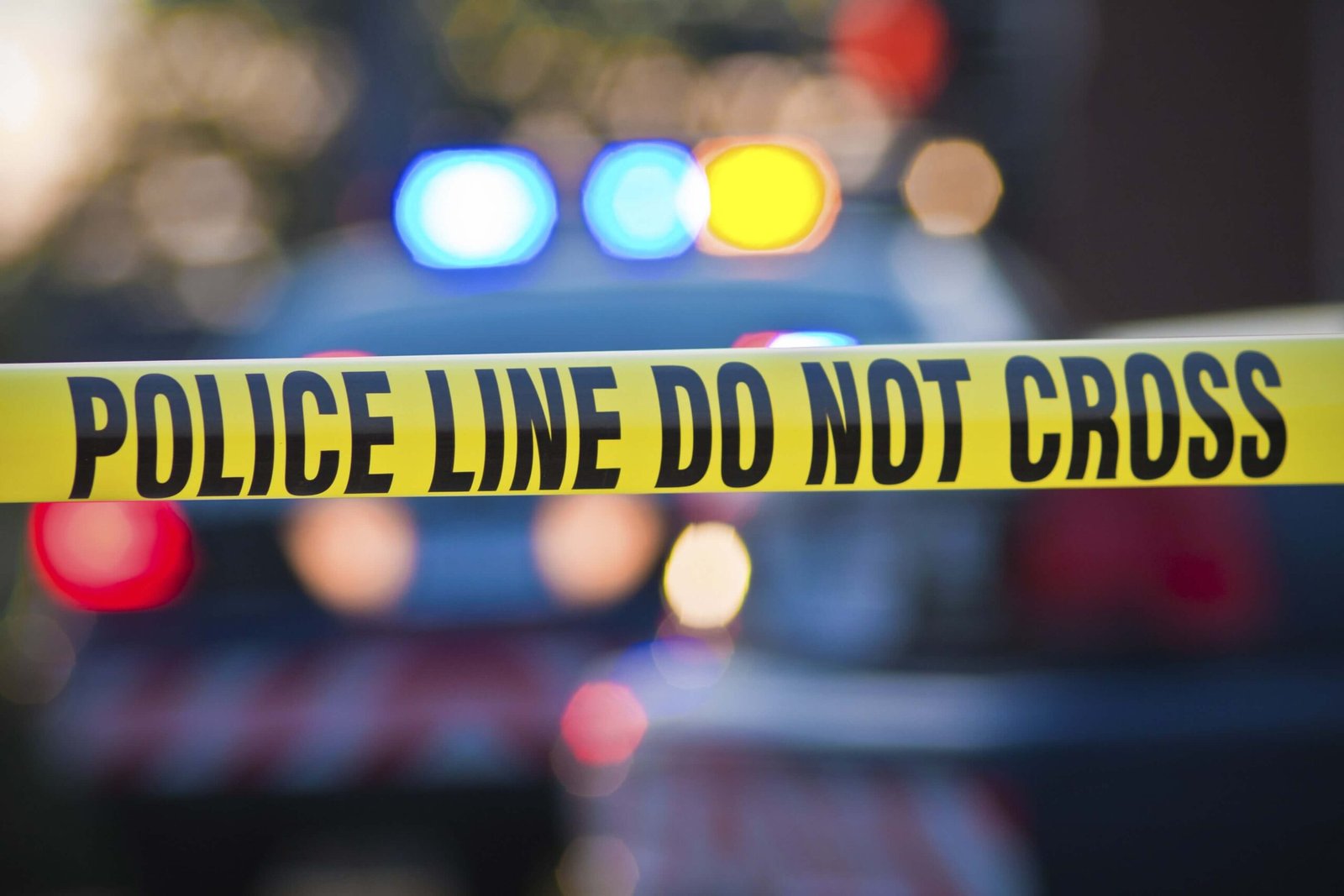After the Shooting – Part 2

The 911 Call Following the Shooting
Call 911 as soon as it is safe, or ask a bystander to call for you. While it may seem unusual, the first person to call 911 is usually seen as the complainant. Therefore, if you aren’t the first to call, you might be viewed as the subject (the aggressor). Keep in mind that 911 calls are recorded and can be presented in court, so what you say may be heard by a jury.
The recording can have both positive and negative aspects, depending on what you say and how you say it. The most significant aspect of the 911 call recording is that listeners hear directly from you in the aftermath of the shooting. In other words, your statements remain uncensored, except for how listeners interpret them.
Tell the 911 operator your name and location. Describe the attack you experienced and emphasize that you had to defend yourself. You understand that this individual did something that made you fear for your life or the life of someone else. Therefore, I strongly recommend sharing this information with the 911 operator. For example, my name is John Doe, and I am at First Savings Bank, at the corner of Some Street and Nowhere Avenue. A man just attacked me, and I thought he was going to kill me. I was terrified for my life, so I had to defend myself.
Be sure to inform them to send the paramedics to your location. They need to treat the person who forced you to defend yourself, and they will also need to examine you. I strongly recommend going to the hospital for a thorough examination. Even if you don’t have any visible injuries, you might experience physiological responses that could jeopardize your well-being.
The First Officer on Scene
When the police arrive, inform the first responding officer of your identity and that you were the one who called 911. Allow the officer to safely take possession of your firearm. Do not draw the weapon from its holstered or stored position to hand it
to the officer. Instead, indicate where the gun is and let them retrieve it. I also recommend giving any other relevant information that you think will help them secure the scene. Notably, provide the location of the weapon your attacker had, if applicable.
Provide the officer with your personal information, including your name, address, and phone number. Briefly explain what happened, noting that the individual attacked you and made you fear for your life. Emphasize that your attacker forced you to defend yourself. After sharing this information with the officer, let them know that you would like to be checked by paramedics if that isn’t already happening.
It is also essential to provide the first responding officer with any information that demonstrates your innocence. This includes the identity and location of any evidence and witnesses to the incident, if known. Do not assume they will automatically understand what to look for or whom to talk to. Therefore, you should provide this information to the officer.
In the last article of this series, we will explore your constitutional rights and how to respond when the detectives arrive.

